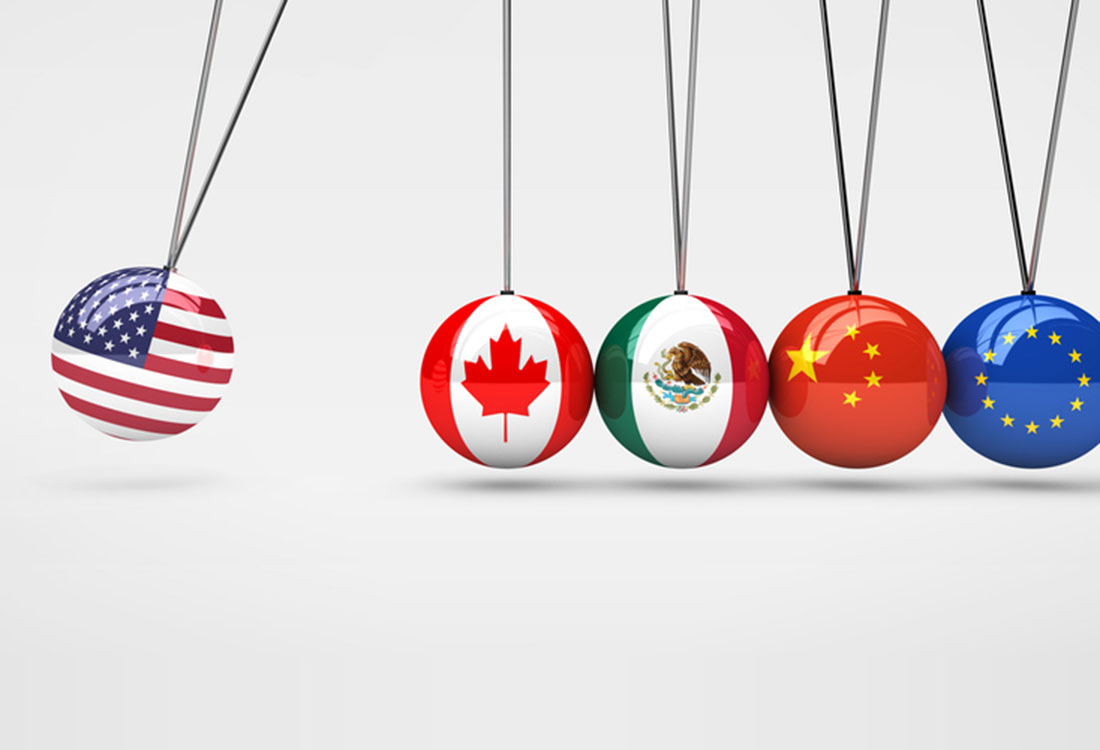
While the Canadian federal government is eager to have all US tariffs on Canadian goods lifted as soon as possible, Canadian businesses are already turning away from their biggest trading partner, seeking out new trade partnerships in global markets and reconfiguring their supply chains.
The strategic lens of many Canadian executives now is to diversify what they have going on because at the end of the day, a lot of them had their eggs in one American basket and, now that the tide has changed, they are affected quite significantly.
For decades, Canada has grappled with weaning itself off an overreliance on the U.S.. Canada has 15 trade agreements with 51 countries, and yet businesses have shied away from expanding further into those markets.
Since the U.S. government threw its relationship with its largest trade partner into a tailspin by imposing tariffs, Canada’s trade landscape has shifted.
Exports to the U.S. in May edged lower by 0.9 per-cent, following a 16 per-cent decline in April. It marked the fourth consecutive monthly decline, as Washington maintains tariffs on some sectors of the Canadian economy.
Meanwhile, Canada’s total exports rose 1.1 per cent. Statistics Canada data shows that, in May, the country exported more gold, petroleum, uranium and pharmaceuticals to close allies such as the United Kingdom and European Union, and to countries as far away as Australia and Indonesia, from a year earlier. It has also increased exports of a variety of commodities to Singapore, Italy, the Netherlands, Indonesia, Australia, Brazil, Germany and Japan.
While diversification is important, trade with the U.S. will continue because of interlinked supply chains and decades of trade relationships, so there are limits to how much Canada can diversify. That said, the tariff situation has highlighted Canada’s over-dependency on the U.S. market, and for many exporters this was a wake-up call to diversify and set their own path forward.
For more information, contact David Lychek, Director – Ocean & Air Services.












